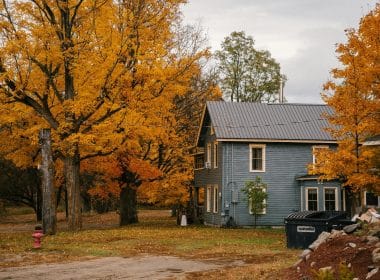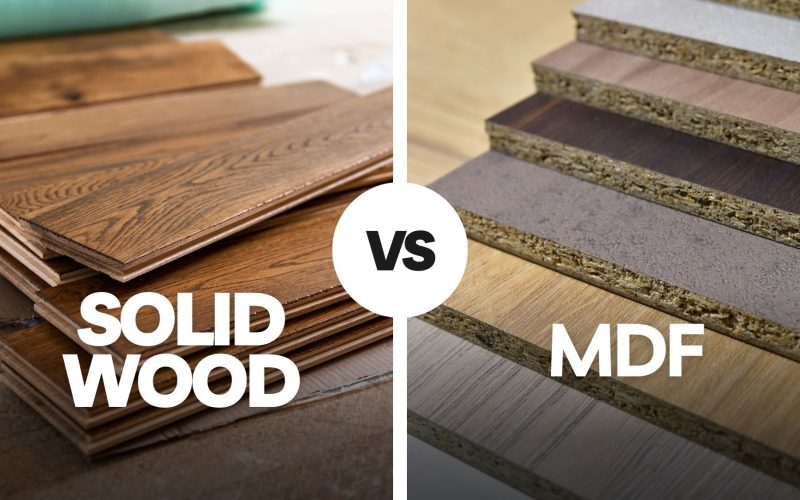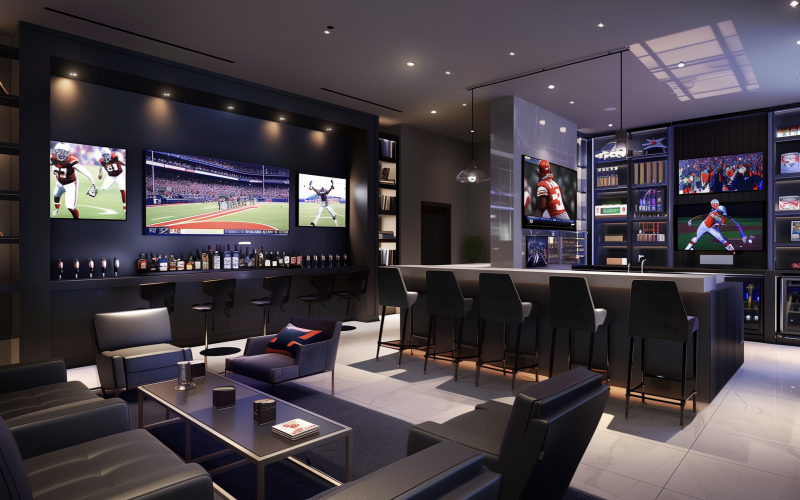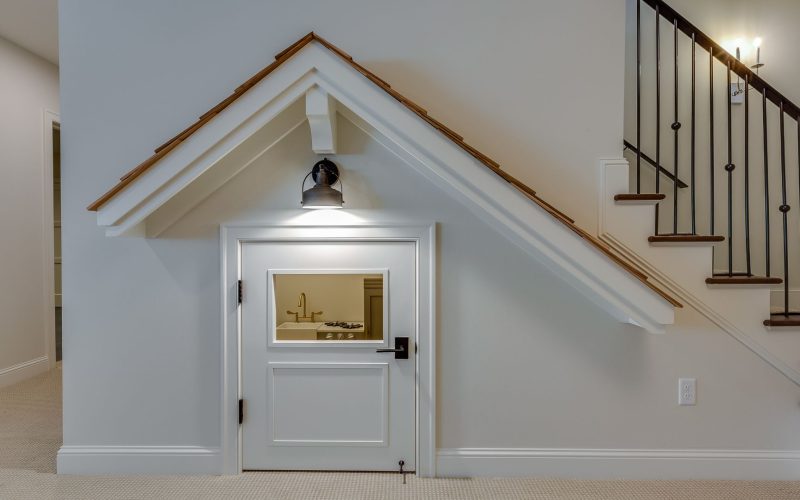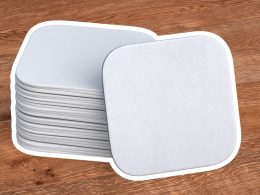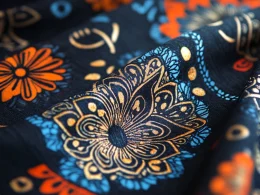Are you torn between MDF and solid wood for your next project? You’re not alone.
Many homeowners and DIY enthusiasts face this choice. MDF vs solid wood is a common debate in home improvement.
Both materials have their place, but which is right for you? Imagine creating stunning furniture or sleek cabinets that last for years.
With the right material, you can do just that. This guide will help you understand the pros and cons of MDF and solid wood.
You’ll learn about their costs, strength, and durability, and by the end, you’ll know how to best meet your needs.
Ready to become a material expert? Let’s get started.
Understanding MDF and Solid Wood
Let’s start by getting to know MDF and solid wood before we discuss their differences.
Understanding their makeup and uses will help you make a smarter choice.
MDF (Medium-Density Fiberboard)
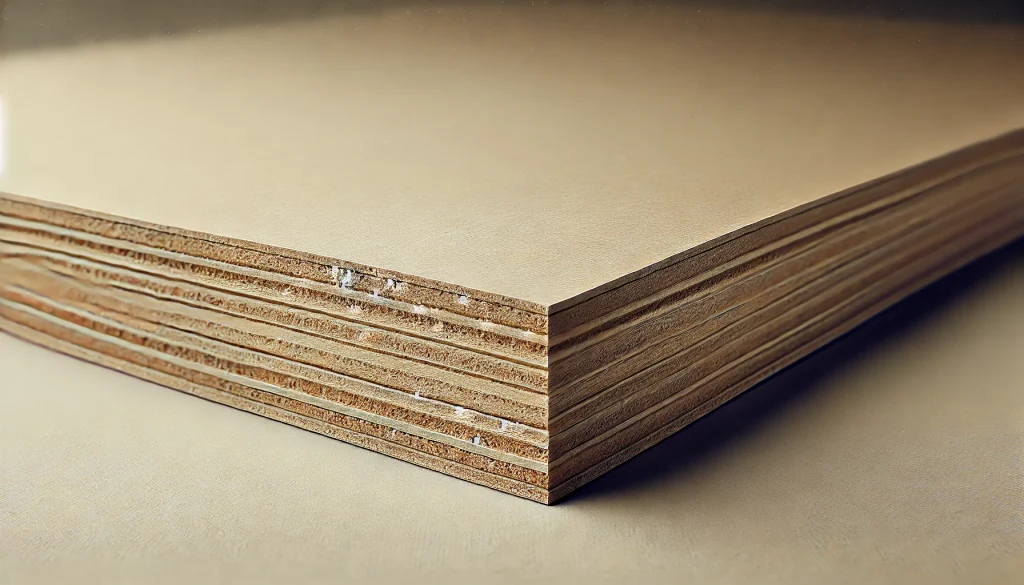
MDF is made from recycled wood fibers mixed with resin. Manufacturers use high heat and pressure to create dense, smooth boards.
This process results in a material that’s great for many home projects.
You’ll often find MDF in furniture, cabinets, moldings, and trims. It’s a top pick for these uses because it’s smooth and takes paint well.
Solid Wood
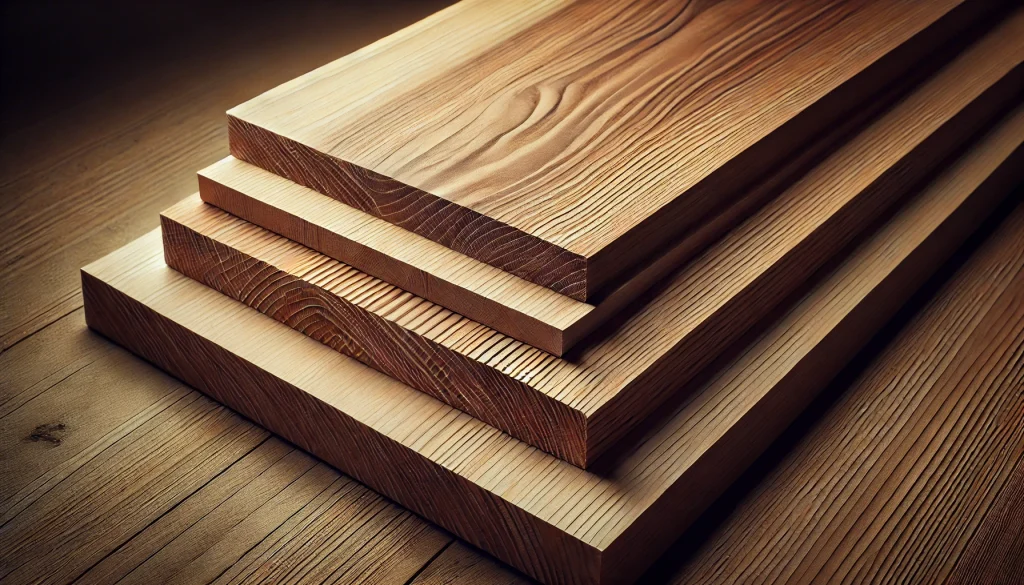
Solid wood comes straight from trees. It’s cut into planks of various sizes for different uses.
Each piece of solid wood is unique, with its grain pattern and color. People love solid wood for furniture, flooring, and outdoor structures.
It’s strong and can last for many years with proper care. Both MDF and solid wood have their place in home projects.
Your choice depends on what you’re building and how you want it to look and last.
Comparing MDF vs. Solid Wood: A Quick Analysis
When choosing between MDF (Medium-Density Fiberboard) and solid wood for your furniture, consider the cost and benefits of each material.
MDF is generally more affordable and offers a smooth surface that is ideal for painting, while solid wood is prized for its durability and natural beauty.
This section compares the prices of these materials for different furniture types, helping you make informed decisions based on your budget and design preferences.
1. Cost Comparison
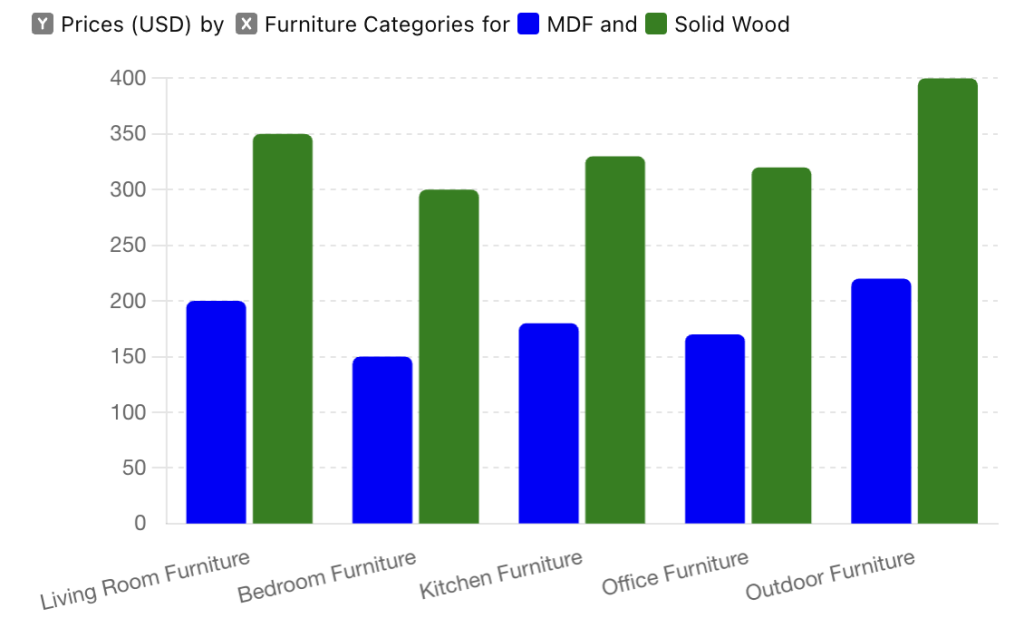
MDF
If you’re watching your wallet, MDF might be your go-to choice. It’s often easier on the budget than solid wood.
Why? It’s made from recycled wood fibers, which helps keep costs down.MDF is a good pick for projects where you must stretch your dollars.
Plus, using MDF means you’re giving new life to old wood. It’s a win for your wallet and the planet.
Solid Wood
Solid wood usually costs more than MDF. The price tag comes from the natural materials and the work of turning trees into usable boards.
But many see solid wood as more than just a purchase – an investment. Solid wood items often last longer and can even gain value over time.
If you’re thinking long-term, the higher upfront cost of solid wood might pay off down the road.
Your choice between MDF and solid wood often comes down to your budget and long-term plans. Both have their place, depending on what you need.
2. Weight and Installation
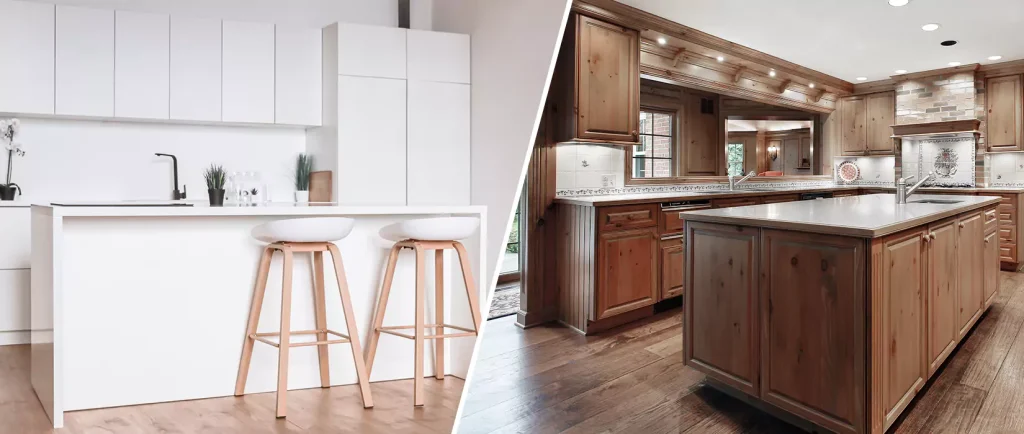
A comparison between MDF and Solid Wood in weight and installation.
MDF
When you pick up MDF, you’ll notice it’s pretty heavy. It’s denser than solid wood, making it tricky to work with.
Using large MDF boards might require an extra pair of hands. During installation, MDF often needs more support.
This is key for big projects like shelving or wall panels. MDF is best for smaller projects that don’t need to hold much weight, such as baseboards or decorative pieces.
Solid Wood
Solid wood is often lighter than MDF, making it easier to move around and install. This can be a big plus when working alone or in tight spaces.
One of the great things about solid wood is its natural strength. Because of this, you don’t need as much extra support when installing it, making your job simpler and faster.
When choosing between MDF and solid wood, consider how you’ll install it and what the finished project needs to withstand. Your back might thank you for picking the lighter option!
3. Strength and Durability
MDF
MDF has some limits when it comes to toughness. It’s not as strong as solid wood, which can be an issue in some projects.
One weak spot is how it holds screws. They tend to loosen over time, especially in areas with much use.
MDF can also be troublesome under heavy loads. It might start to sag or break under too much weight if you use it for shelves or tables.
It’s best to use MDF for lighter-duty tasks where strength isn’t the main concern.
Solid Wood
Solid wood excels at strength and lasting power. It’s naturally tough and can withstand a lot of wear and tear.
This makes it great for things that need to hold up over time, like dining tables or bed frames. Solid wood is often the way to go if you need something that can bear weight.
It’s ideal for structures that need to last and stay strong. Solid wood items can stick around with proper care for years, even decades.
Your choice between MDF and solid wood might depend on your strength. Think about what you’re building and how long you want it to last.
4. Aesthetic Considerations

MDF
If you’re after a smooth, flawless look, MDF might be your best bet. Its surface is perfect for painting, giving you a clean canvas.
This makes it great for modern, sleek designs where you want a uniform color. However, MDF lacks the natural charm of wood grain.
If you’re hoping for that classic wood look, you won’t find it here. MDF is all about that smooth, even finish.
Solid Wood
Solid wood brings natural beauty to your projects. Each piece has its unique grain pattern, giving your work character and warmth.
This natural look is hard to beat if you’re going for a classic or rustic style. Staining solid wood can make it shine.
It brings out the wood’s natural patterns and deepens its color, perfect for showcasing its natural beauty.
Your choice between MDF and solid wood might come down to the look you’re after.
Do you want smooth and paintable or natural and full of character? Both can look great in the right setting.
5. Health and Safety

MDF
When working with MDF, it’s important to consider your health. MDF contains formaldehyde, which can cause problems if you breathe in too much.
This is most likely to happen when you’re cutting or sanding MDF. To stay safe, you need to use the right gear.
When working with MDF, wear a good respirator or mask. This helps keep those tiny particles out of your lungs. It’s also a good idea to work in a well-ventilated area.
Solid Wood
Solid wood is a more natural choice when it comes to health. It doesn’t have the added chemicals that MDF does.
This means you don’t have to worry about breathing in harmful stuff when you work with it. Solid wood in your home can also be better for indoor air.
It doesn’t give off the same kinds of fumes that MDF might. This can be especially important if you or your family have breathing issues.
When choosing between MDF and solid wood, think about your health and how you’ll be working with the material. Safety should always come first in any project.
Suitability for Different Projects
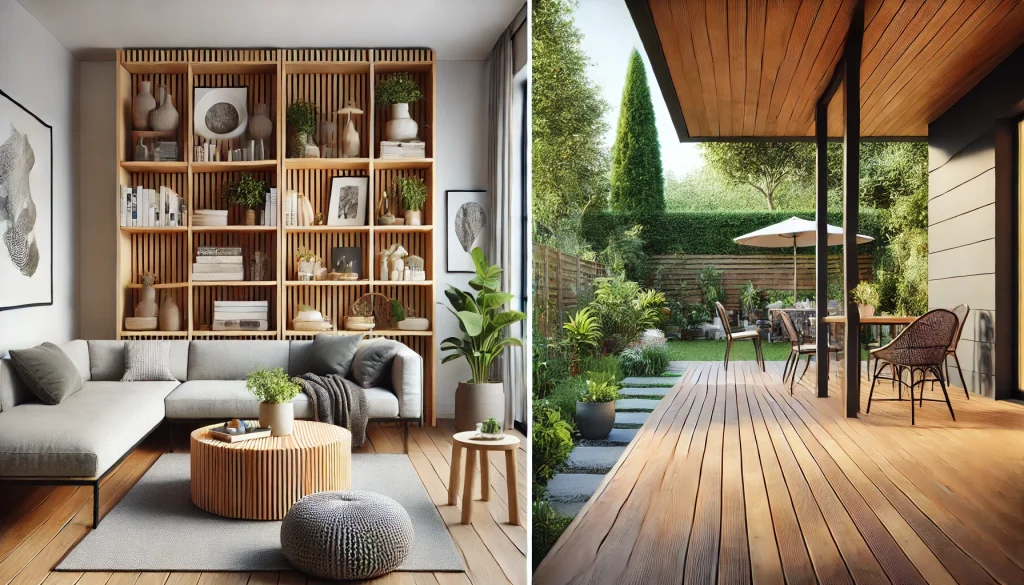
MDF
MDF shines in indoor projects where it stays dry. It’s great for living room shelves, bedroom furniture, or office cabinets.
These are places where MDF can last a long time without issues. However, MDF doesn’t play well with water.
It’s best to avoid using it in bathrooms, kitchens, or other damp areas. If MDF gets wet, it can swell and lose its shape. This can ruin your hard work pretty quickly.
Solid Wood
Solid wood is a jack-of-all-trades when it comes to projects.
You can use it indoors or outdoors without worry, and it handles changes in moisture much better than MDF.
Solid wood is often the top choice for outdoor projects. It’s great for decks, fences, and other outdoor structures.
If you treat it right, solid wood can withstand rainy or humid areas. Consider where your project will live when choosing between MDF and solid wood.
Solid wood is usually the safer bet if there’s any chance of moisture. However, for dry indoor spots, both materials can work well.
Making an Informed Decision
When choosing materials for your projects, understanding the differences between MDF and solid wood is crucial.
Each material has its strengths and weaknesses that can significantly impact the quality and longevity of your work.
By examining the characteristics and costs of MDF and solid wood, you can make an informed decision that best suits your needs and preferences.
Factors to Consider
When choosing between MDF and solid wood, think about your budget first. MDF is often cheaper, which can be a big plus if you’re watching your spending.
Next, picture how you want your project to look. Do you want a smooth, painted finish or the natural beauty of wood grain?
This can help guide your choice. Lastly, consider what your project needs to do. Will it need to hold a lot of weight? Might it get wet?
These factors can make a big difference in which material works best.
Recommendations
If you’re on a tight budget and want a smooth, painted finish, MDF could be your best bet.
It’s great for projects that don’t need to hold much weight, like decorative trim or non-load-bearing shelves.
Solid wood is often worth the extra cost for projects that must last long or look naturally beautiful.
It’s also the go-to choice for outdoor projects or anything that might get damp. Remember, there’s no one-size-fits-all answer.
The best choice depends on your specific needs and wants. You can choose the best for you and your project by weighing these factors.
Conclusion
Choosing between MDF and solid wood isn’t always easy. Both have their strengths and best uses.
MDF works well for indoor projects where you want a smooth, painted finish. It’s budget-friendly but needs care around moisture.
Solid wood shines with its natural beauty and strength. It’s great for long-lasting pieces and outdoor projects.
Consider your project’s needs, budget, and where it will live. Remember, there’s no wrong choice – just the right material for the job.
Whether you go with MDF or solid wood, you’re ready to make an informed decision.
If you have any thoughts or experiences with MDF vs. solid wood, we’d love to hear them in the comments below.

